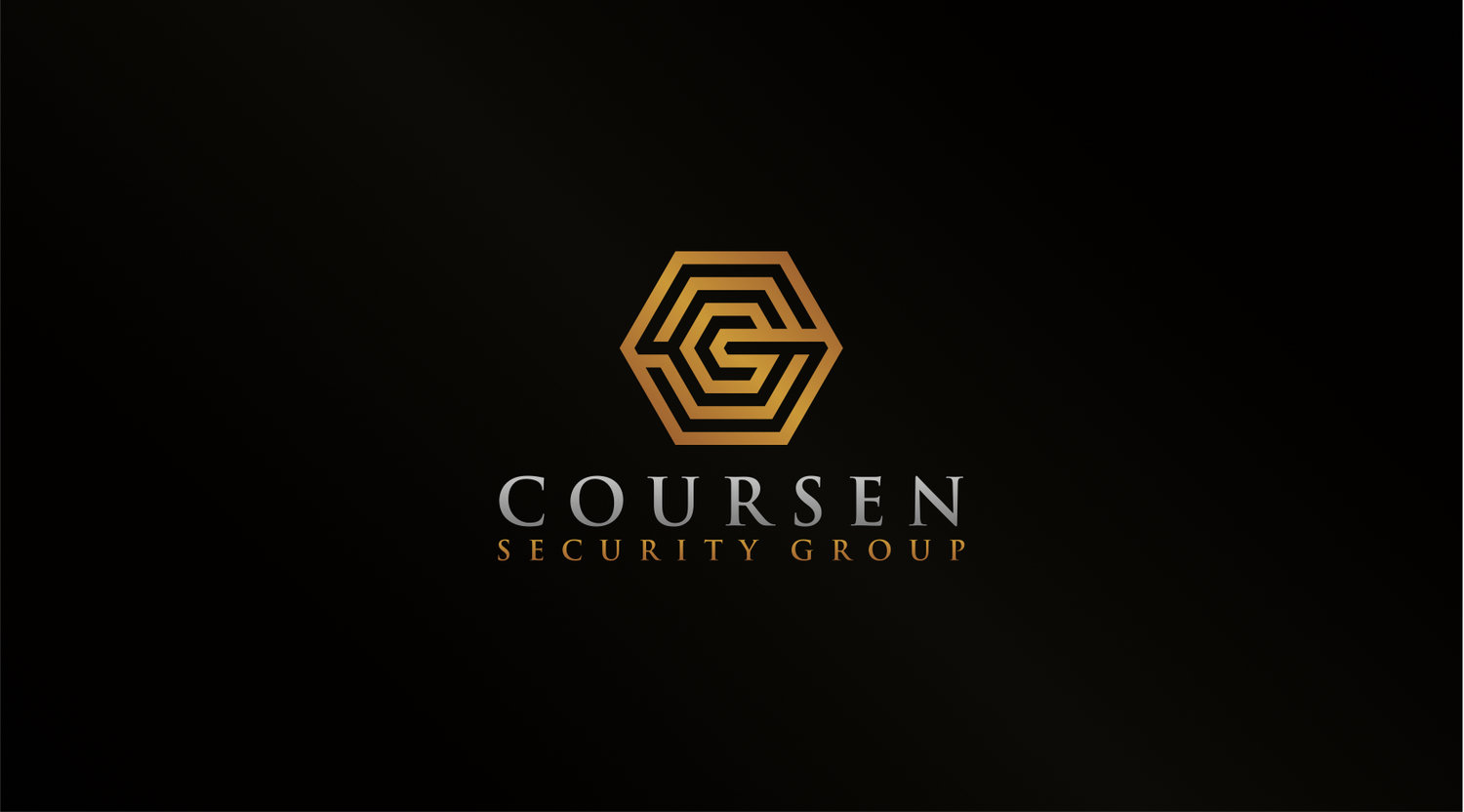- Spencer Coursen's Safety Made Simple – Daily Safety Tip
- Posts
- Crowds, Cameras, and Crosshairs: The New Reality of Public Events
Crowds, Cameras, and Crosshairs: The New Reality of Public Events
The assassination of Charlie Kirk highlights how quickly public gatherings can shift from celebration to crisis—and why preparation is your best protection.

Why This Matters
The tragic shooting of conservative activist Charlie Kirk at Utah Valley University on September 10, 2025, during the first stop of his "American Comeback Tour," isn’t just another headline—it’s a stark reminder of how exposed we can be at public events. A gunman fired from a nearby rooftop about 200 yards away, fatally striking Kirk during an open-air event, even with private security and law enforcement present.
This wasn't self-defense or random tragedy—it’s being widely referred to as a political assassination, flagged by Utah’s governor and national leadership as part of a growing wave of politically motivated violence. Attendees, including Kirk’s wife and two children, were caught in the chaos. Witnesses described “blood pouring everywhere” and a rapid, panicked scramble for safety.
Events like this subvert our baseline assumption of safety in public spaces, prompting individuals and organizations to reassess how they prepare, respond, and protect themselves. Safety isn’t just the responsibility of the event organizer, but also of everyone who attends and participates.

People run after Charlie Kirk was shot at Utah Valley University.
Photo Cred: Trent Nelson / The Salt Lake Tribune via Reuters
Putting It All Together
Public events should be opportunities for connection, not crisis. However, as yesterday’s tragedy at UVU demonstrates, political tension, open access, and large crowds can render even well-protected venues vulnerable. By taking simple, proactive steps, remaining alert, planning ahead, and looking out for ourselves (and others), we can help transform uncertainty into preparedness.
Because preparation isn’t about bolstering paranoia, it’s about stacking small advantages that—when moments matter most—improve your odds of avoiding danger and ensuring the certainty of your safety.
Five Protective Strategies You Can Employ Today:
1. Remain Situationally Aware
As soon as you arrive, and well before the event begins, identify exits, potential cover, and elevated vantage points. Try to remain more toward the periphery than in the middle. Have a plan. Know what to do. Know where to go. Know how to get there. Knowing your escape options can mean the difference between preparedness and panic.
2. Mind the Rooftops & Elevated Angles
Most people scan side-to-side for threats. Expand your field of awareness to include elevated positions—balconies, parking decks, and rooftops. Many attacks (like the one on Charlie Kirk) exploit the high-ground advantage.
3. Know What Kind of Environment You Are Entering
Don’t assume that private or on-site security will be enough. Ask organizers (or check social media) for info on bag checks, metal detectors, or controlled access zones to spot gaps in protective measures. Remember that you are always your own first responder.
4. Carry “Everyday Multipliers”
Not weapons—tools. Think in terms of objects that have multiple emergency uses. A small flashlight can help in a blackout. A scarf can serve as a dust mask. A bandana and a pen can be turned into a makeshift tourniquet. A tactical pen doubles as a window breaker and a defensive tool.
5. Trust the “Flow” not the “Crowd”
In a panic, the mob may rush toward the most obvious exit, causing pile-ups. Sometimes, a side hallway, service corridor, or stairwell offers safer, faster egress. Don’t be so quick to follow the sheep to the slaughter. Train yourself to break from the herd when it makes sense.
Disagree with anything? Hit reply—I always read your responses.
Live Smart. Stay Safe.
Did you find this helpful? Why not share it with a friend? You never know when one small shift in awareness could help keep them safe, too.
Were you sent this from a friend? Consider subscribing to learn my tips and tricks to help you protect what matters most.


